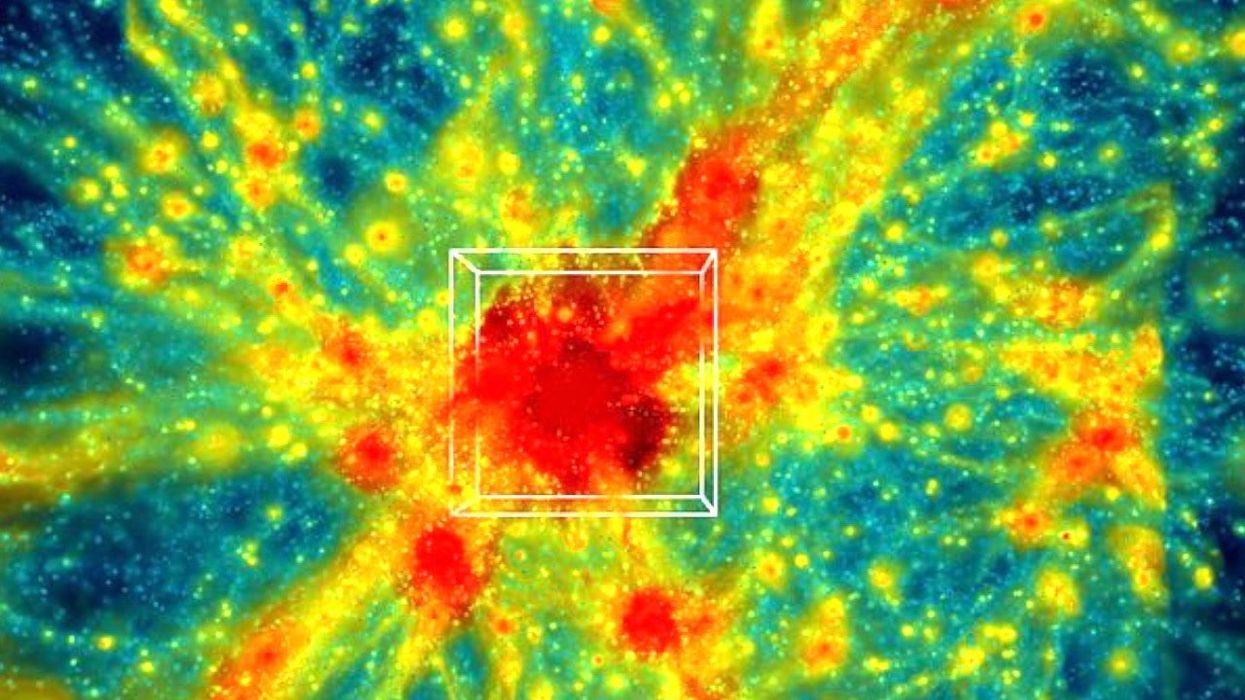Gregory Robinson
Nov 27, 2024
Supercomputer Simulation Provides Incredible Look at the Entire Universe In World First
ZMG - Amaze Lab / VideoElephant
A supercomputer has been used by scientists to present the biggest astrophysical simulation of the universe ever produced.
Researchers at the Department of Energy’s Argonne National Laboratory used 9,000 computing nodes of the Frontier supercomputer, hosted at the Oak Ridge Leadership Computing Facility in Tennessee, to create the simulation of more than 31 billion cubic megaparsecs.
The results from the project, which was completed in November 2024, will help astrophysicists and cosmologists understand the evolution and physics of the universe, as well as help them look into the nature of dark matter.
“There are two components in the universe: dark matter — which as far as we know, only interacts gravitationally — and conventional matter, or atomic matter,” said project lead Salman Habib, division director for Computational Sciences at Argonne in a statement.
“So, if we want to know what the universe is up to, we need to simulate both of these things: gravity as well as all the other physics including hot gas, and the formation of stars, black holes and galaxies.
“The astrophysical ‘kitchen sink’ so to speak. These simulations are what we call cosmological hydrodynamics simulations.”
Simulations are a handy tool for researchers to use in order to understand how the universe evolved.
A powerful supercomputer is needed to help researchers explore space. They plug the numbers in and are able to look at different details across billions of light-years.
“If we were to simulate a large chunk of the universe surveyed by one of the big telescopes such as the Rubin Observatory in Chile, you’re talking about looking at huge chunks of time — billions of years of expansion,” Habib said.
“Until recently, we couldn’t even imagine doing such a large simulation like that except in the gravity-only approximation.”
Habib led a special project called ExaSky, which brought together thousands of experts to develop state-of-the-art scientific applications and software tools.
How to join the indy100's free WhatsApp channel
Sign up for our free Indy100 weekly newsletter
Have your say in our news democracy. Click the upvote icon at the top of the page to help raise this article through the indy100 rankings.
Top 100
The Conversation (0)














